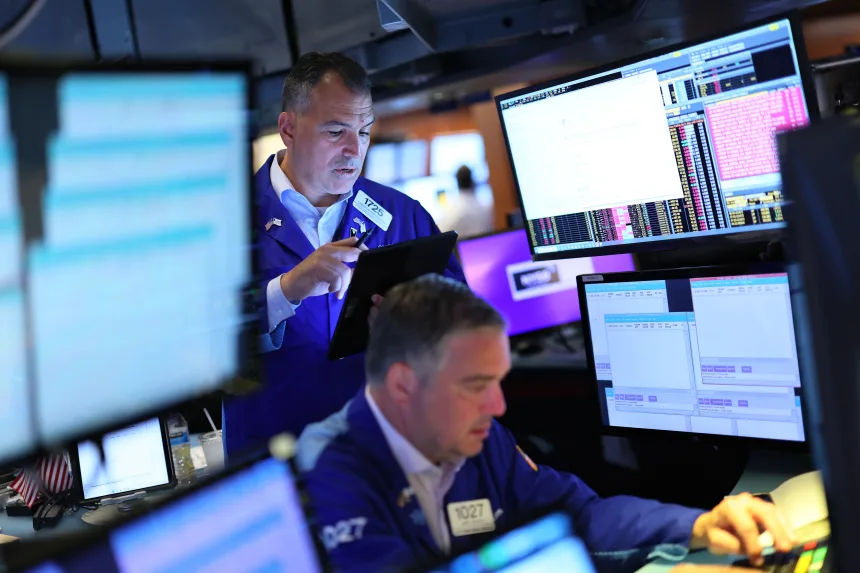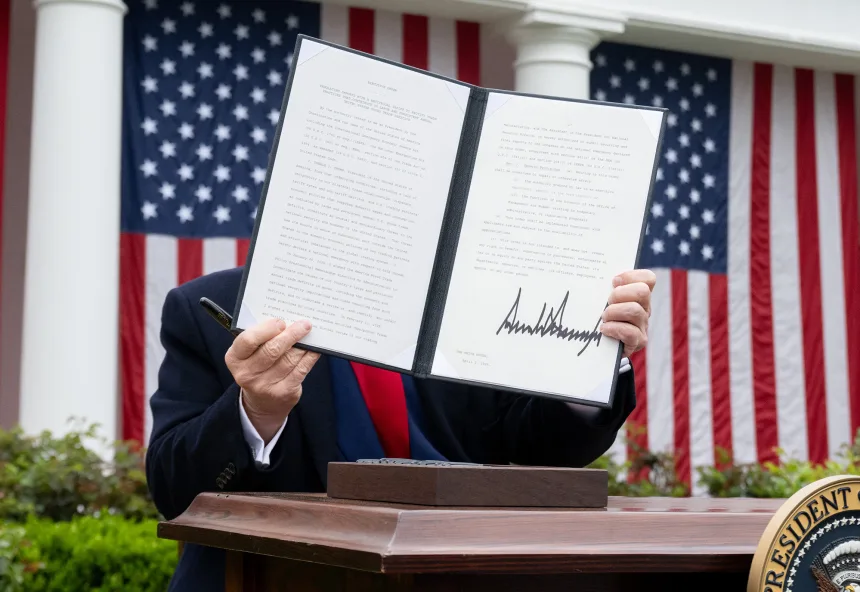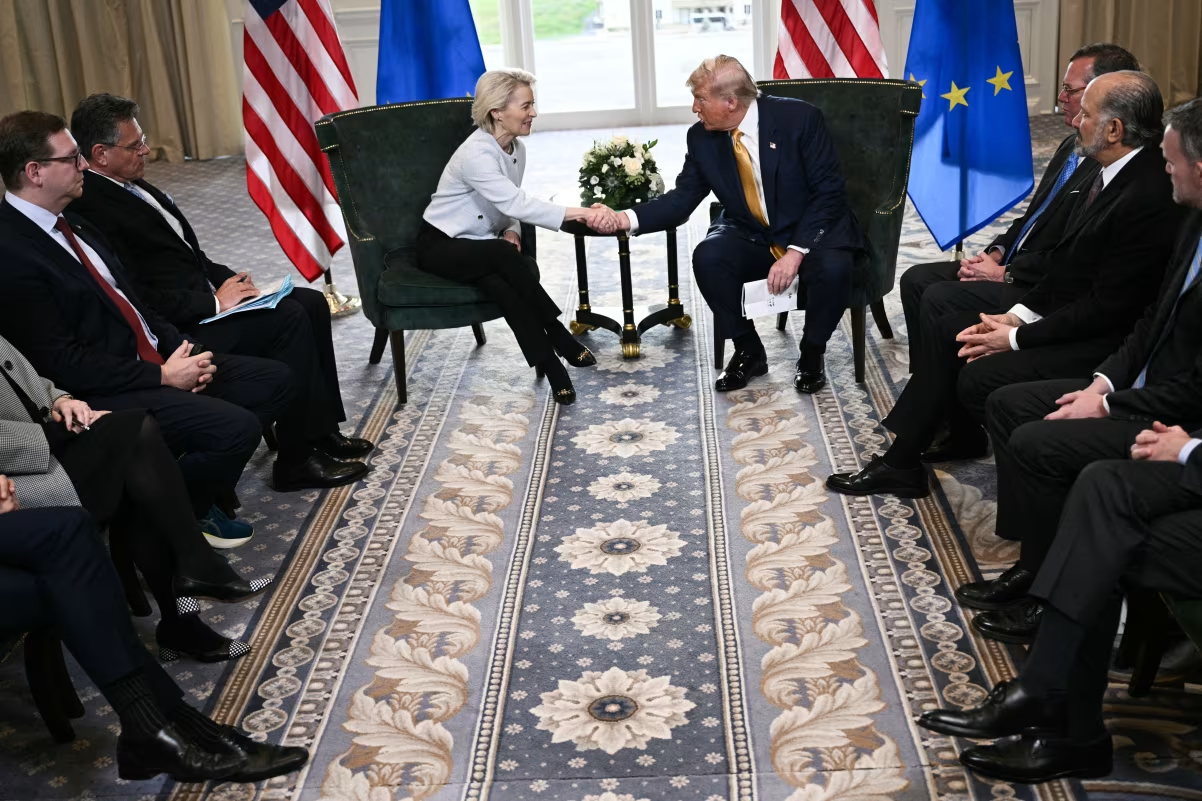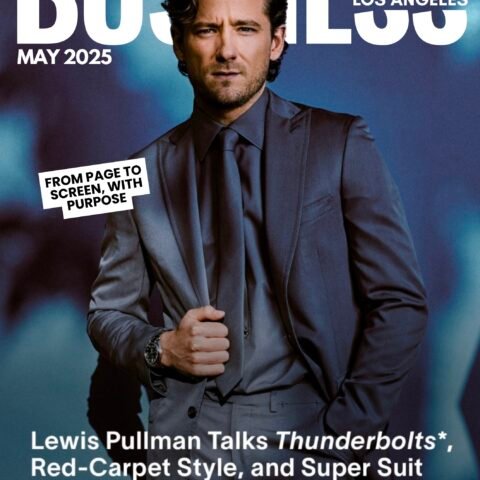Despite volatility, backlash, and global resistance, Donald Trump’s unconventional trade war strategy delivered bilateral wins, reshaped economic alliances, and reasserted American leverage in global commerce.
When former President Donald Trump announced “Liberation Day” from the White House Rose Garden, it sent shockwaves through financial markets and diplomatic corridors around the world. What followed was a four-month whirlwind of chaos, skepticism, and strategic brinkmanship that ultimately culminated in a series of bilateral trade deals and a public declaration of victory.
Despite widespread economic anxiety and fierce criticism from economists, Trump achieved what his advisers claim was the ultimate goal all along—leveraging the immense power of the U.S. market to secure favorable trade terms, elevate domestic industries, and reframe global trade under a doctrine of unapologetic nationalism.
A Chaotic Start with a Calculated Endgame
The 120 days following the April 2 announcement were anything but smooth. Markets experienced turbulence driven by so-called “TACOs”—trades based on the idea that “Trump Always Chickens Out.” Media headlines predicted economic collapse, while foreign capitals threatened retaliation. Analysts fretted over a breakdown of the post-WWII global trading system.
But as the August 1 tariff deadline approached, a different picture emerged. Trump’s economic team exuded confidence. U.S. tariff revenues surged, financial markets rebounded, and the economy remained remarkably resilient. Inflation fears fizzled. And most importantly, a wave of bilateral trade deals began to roll in.
“Maybe the losers and haters were really just losers and haters,” quipped a senior White House official, summing up the West Wing’s sense of vindication.
A New Playbook Rooted in Leverage
Trump’s strategy relied on a simple but powerful principle: leverage. Specifically, the unique importance of the U.S. consumer market to global exporters. Trump believed—and acted on the belief—that he could impose tariffs, withstand retaliation, and force countries to negotiate on his terms.
It was a gamble that few traditional economists endorsed. But Stephen Miran, chairman of the White House Council of Economic Advisers, offered a blunt assessment during a speech at a Washington think tank.

“Most economists and some investors dismiss tariffs as counterproductive at best and devastatingly harmful at worst,” Miran said. “They’re wrong.”
Miran argued that high U.S. trade deficits revealed just how few alternatives foreign exporters had. Rather than retaliate, they would either absorb the tariffs or strike deals. Trump’s threats to escalate—even if it meant “shooting the hostage”—were not empty rhetoric; they were a tactic grounded in a hard-nosed negotiation style.
From Threats to Treaties
Early reactions to Trump’s tariff threats were dismissive. Trading partners assumed he’d back down under pressure. Instead, he doubled down. Trump paused the tariffs on April 9 to allow space for negotiations—but made it clear that weak offers would not suffice.
“At the time they didn’t think that we were serious,” said Miran. “Getting the president to agree to a deal wasn’t going to be some easy thing.”
Inside boardrooms, Trump’s approach forced CEOs to think twice before opposing him publicly. Companies that warned of price hikes became targets. “It becomes a business decision,” one executive told CNN. “The cost benefit of putting a target on your back with this particular administration simply doesn’t net out in your favor.”
Still, early signs indicate that price increases are quietly filtering into consumer data, especially in exposed industries.

Trump’s Trade Doctrine: Personal and Political
What separated Trump’s second-term trade approach from his first was an ironclad alignment between the president and his advisers. Gone were the internal clashes of his earlier team. Trump’s current advisers—including trade czar Jamieson Greer and Commerce Secretary Howard Lutnick—executed his vision without deviation.
Unlike before, when figures like Gary Cohn and Steve Mnuchin tried to moderate Trump’s impulses, this iteration of the West Wing followed a clear chain of command: Trump decides, they deliver.
The president’s personal involvement extended to every detail. In one case, Japanese negotiators watched as Trump used a Sharpie to cross out an investment figure, insisting it be raised by $100 billion. They accepted.
The Results: Mixed Metrics, Clear Messaging
Trump didn’t deliver on every promise—90 deals in 90 days proved ambitious—but he closed enough high-stakes agreements to declare victory. Average U.S. tariff rates remain at their highest in nearly a century. Concessions secured billions in new commitments for U.S. goods and addressed longstanding supply chain concerns.
The feared economic catastrophes—soaring inflation, market collapse, global retaliation—largely failed to materialize. Trump’s tax cuts bolstered spending, while China, the one nation that did retaliate, remained a wild card rather than a total spoiler.
As Federal Reserve Chair Jerome Powell noted, the long-term impact of the tariffs remains unclear. “They’ve only just begun to filter down,” he said. But inside Trump’s camp, the verdict is already in.
“The One Big Beautiful Bill is passed, and the trade deals are settling,” Miran said. “I think we’re setting up for a much, much stronger second half of the year.”
A Legacy of Disruption and Redefinition
Love or loathe his methods, Trump’s trade war has left an indelible mark on the global economic order. His policies redefined Republican orthodoxy, challenged decades of free-market consensus, and forced allies and adversaries alike to confront the raw power of American economic leverage.
He didn’t just change the rules of trade; he reminded the world who wrote them in the first place.

















